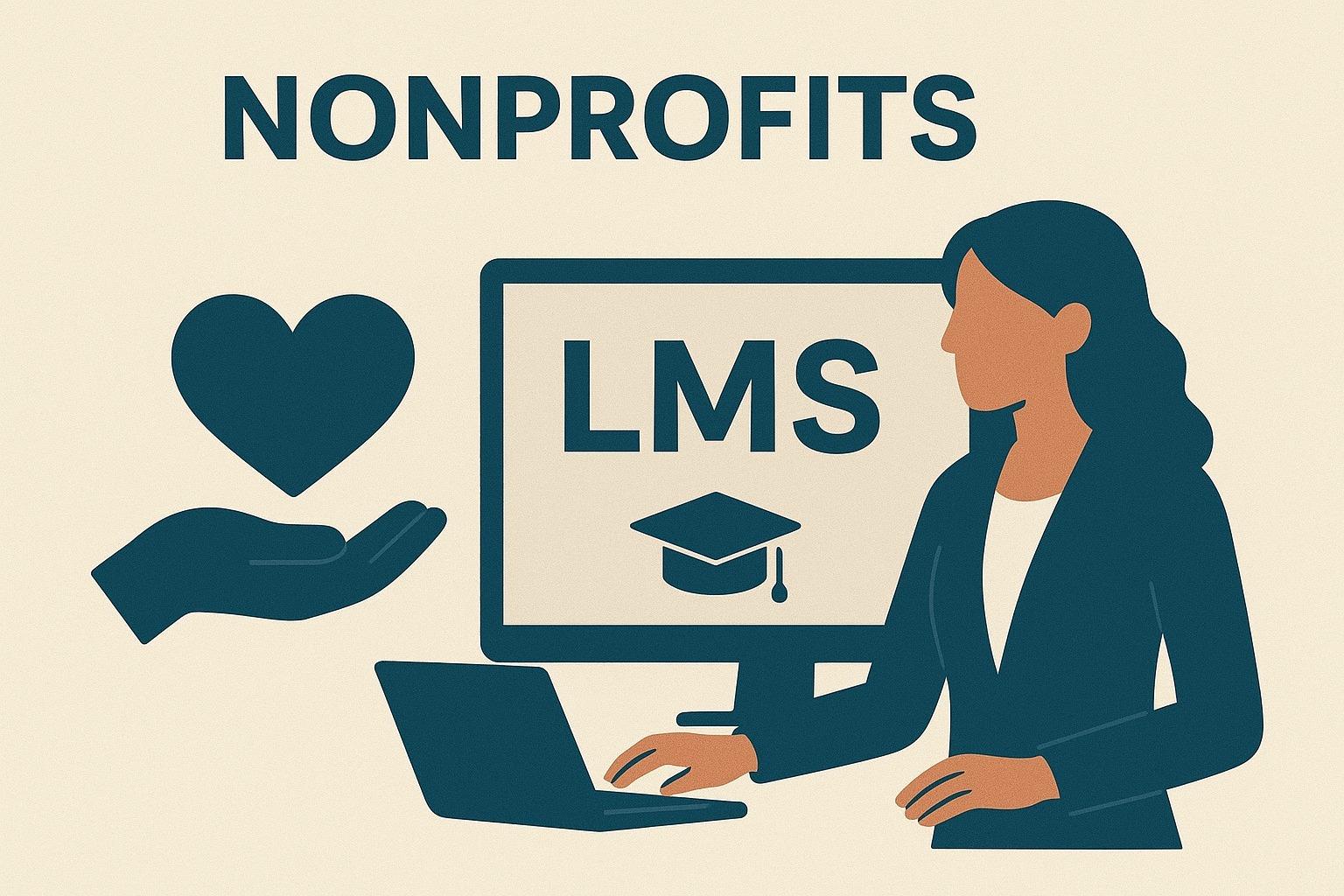How To Improve Your Lead Generation With Cold Calling?
Lead generation is the lifeblood of any business, fueling the sales pipeline and driving growth. While digital marketing strategies have dominated the modern landscape, traditional methods like cold calling continue to hold significant value. Particularly in specialized sectors, such as family law, cold calling serves as a powerful tool for lead generation.
In this guide, we delve into the art of cold calling, exploring its benefits and providing effective techniques to maximize its potential in your lead generation efforts.
A. Understanding Cold Calling
Cold calling refers to the practice of reaching out to potential customers or clients who have not previously expressed interest in your products or services. This outreach usually takes the form of a phone call, though it can also be done via email or other communication platforms. Cold calling is often viewed as a proactive sales strategy, as it doesn't rely on potential customers initiating contact.
Despite the rise of digital marketing strategies, cold calling remains an effective method for many businesses, including those in niche sectors such as family law. Take, Family Law Lead Generation, cold calling can play a critical role here. For instance, a law firm specializing in family law might use cold calling to reach out to potential clients. The targets of these calls could be individuals who might need services such as divorce consultation, child custody disputes, or estate planning.
The goal of these calls is to introduce the law firm's services, understand if the recipient has current or future needs related to family law, and if so, establish a relationship that could eventually lead to a new client - hence generating a lead.
It's important to note that cold calling is most effective when it's personalized and targeted. Understanding the recipient's potential needs and concerns can help frame the conversation in a way that highlights the relevance and benefits of the offered services, increasing the chances of a successful Family Law Lead Generation.
B. Benefits of Cold Calling in Lead Generation

In today's digital age, it's easy to overlook traditional marketing techniques like cold calling. However, despite its reputation, cold calling holds several significant benefits that can substantially improve lead generation.
a. Direct Interaction With Potential Clients
Cold calling service allows businesses to have direct, one-on-one interaction with potential clients. This personal contact often results in a deeper connection compared to email or social media marketing, providing a platform for businesses to fully explain their products or services, and resolve any questions or doubts in real time.
b. Immediate Feedback And Response
One of the most valuable aspects of cold calling is the immediacy of feedback. Sales representatives can gauge the interest of potential leads on the spot, handle any objections, and refine their approach in real time. This kind of instant interaction enables businesses to quickly identify promising leads and move them swiftly through the sales funnel.
c. Capacity To Reach A Larger Audience
Despite the rise of online marketing, not everyone can be reached effectively through digital means alone. Cold calling helps bridge this gap, enabling businesses to tap into a wider audience, and often, a different demographic. With a well-curated list of potential leads, businesses can use cold calling to expand their reach significantly.
d. Enhancing Business-Client Relationships
Cold calling initiates a relationship with potential clients. A well-executed call can leave a lasting positive impression, paving the way for a relationship based on trust and personal connection. It allows businesses to show they value their potential clients enough to reach out directly, which can often be the start of a beneficial, long-term customer relationship.
C. Techniques to Improve Cold Calling
a. Researching Potential Leads
The first step in making a successful cold call is knowing who you're talking to. Conducting preliminary research on potential leads can help tailor the conversation to the recipient's needs and interests, increasing the chance of a positive response.
This can involve researching the individual's role in their company, their industry, recent company news, or even their professional interests. A well-researched call shows the prospect that you have invested time in understanding their needs, which can help build trust and rapport.
b. Crafting A Compelling Pitch
Once you have a solid understanding of your potential lead, the next step is to create a persuasive pitch. This should be clear, concise, and, most importantly, tailored to your audience. The goal is to grab the listener's attention quickly, convey the unique value your product or service can offer them, and end with a strong call to action. Remember, your pitch is not a monologue but the beginning of a dialogue, so aim to spark interest and invite further conversation.
c. Mastering The Art Of Conversation
Cold calling is more than just delivering a prepared script—it's about engaging in a meaningful conversation. It involves active listening, empathy, and the ability to adapt to the course of the conversation.
Sales reps should practice active listening to understand potential leads' pain points and respond accordingly. They also need to be empathetic, acknowledge the lead's concerns, and provide relevant solutions. Remember, the goal is not to push a sale, but to build a relationship.
d. Using Appropriate Tools And Software
Technology can greatly enhance the effectiveness of your cold-calling strategy. CRM systems can help manage and track interactions with potential leads, keeping all relevant information in one place and making it easier to follow up. Businesses can also utilize SMS CRM integrations to communicate and engage with potential customers. It offers a more instant and personalized approach.
Auto-dialer can increase the number of calls made, while call recording software allows reps to review conversations and improve over time. In some cases, businesses may also choose to work with a cold calling agency to supplement internal efforts, gain access to trained callers, or scale outreach without building everything in-house. Using the right mix of tools and support helps improve productivity and ensures no potential lead falls through the cracks..
D. Building a Cold Calling Strategy
Step 1: Define Your Objectives
Before you begin, it's important to have clear objectives for your cold calling efforts. Are you looking to generate sales directly, schedule meetings, or simply increase awareness about a new product or service? Having clear goals will help you measure your success and guide your approach.
Step 2: Identify Your Target Audience
Once you know what you're aiming for, you need to define who you are going to call. This should be based on your ideal customer profile and could include factors like industry, company size, job title, location, and more. Remember, the more specific you are, the better you can tailor your approach.
Step 3: Conduct Pre-Call Research
Before making any calls, conduct research on your potential leads. Gather as much information as possible, such as their business needs, challenges they may be facing, or recent company news. This will allow you to make your conversation relevant and personalized, increasing your chances of success.
Step 4: Craft Your Sales Pitch
Based on your research, craft a compelling and tailored sales pitch. It should quickly grab the listener's attention, convey the value you can offer, and prompt a response. Keep it concise, clear, and focused on the prospect's needs.
Step 5: Train Your Team
Ensure that your sales team is well-prepared to handle calls. This includes training them on your products or services, teaching effective communication and persuasion techniques, and how to handle common objections. Role-playing can be a helpful tool to prepare your team for various scenarios.
Step 6: Decide on the Best Time to Call
Research suggests that the best time to call leads is during the week, particularly from Tuesday to Thursday, and usually between 8-9 am or 4-5 pm. However, these timings can vary depending on your target audience, so experiment and track your results to find what works best for you.
Step 7: Use the Right Tools
Invest in the right tools to support your cold-calling efforts. This could include a CRM system to manage leads, auto-dialers to increase productivity and call recording tools to monitor performance and gather insights.
Step 8: Monitor and Adjust Your Strategy
Finally, continuously monitor the results of your cold calls. Track key metrics like call duration, conversion rates, and customer feedback. Use these insights to adjust your approach and continuously improve your strategy.
Conclusion
Despite the rise of various marketing strategies, cold calling remains an essential tool for effective lead generation. When implemented strategically, cold calling offers a direct, personal, and dynamic approach to reach potential clients, enabling businesses to build valuable relationships from the first point of contact.
As we've outlined in this guide, with a clear understanding of cold calling, appreciation of its benefits, application of effective techniques, and a robust strategy, businesses can unlock the full potential of cold calling for lead generation, even in niche sectors like family law. So, don't discount the power of the phone just yet - it could be your ticket to an enriched client base and business growth.







